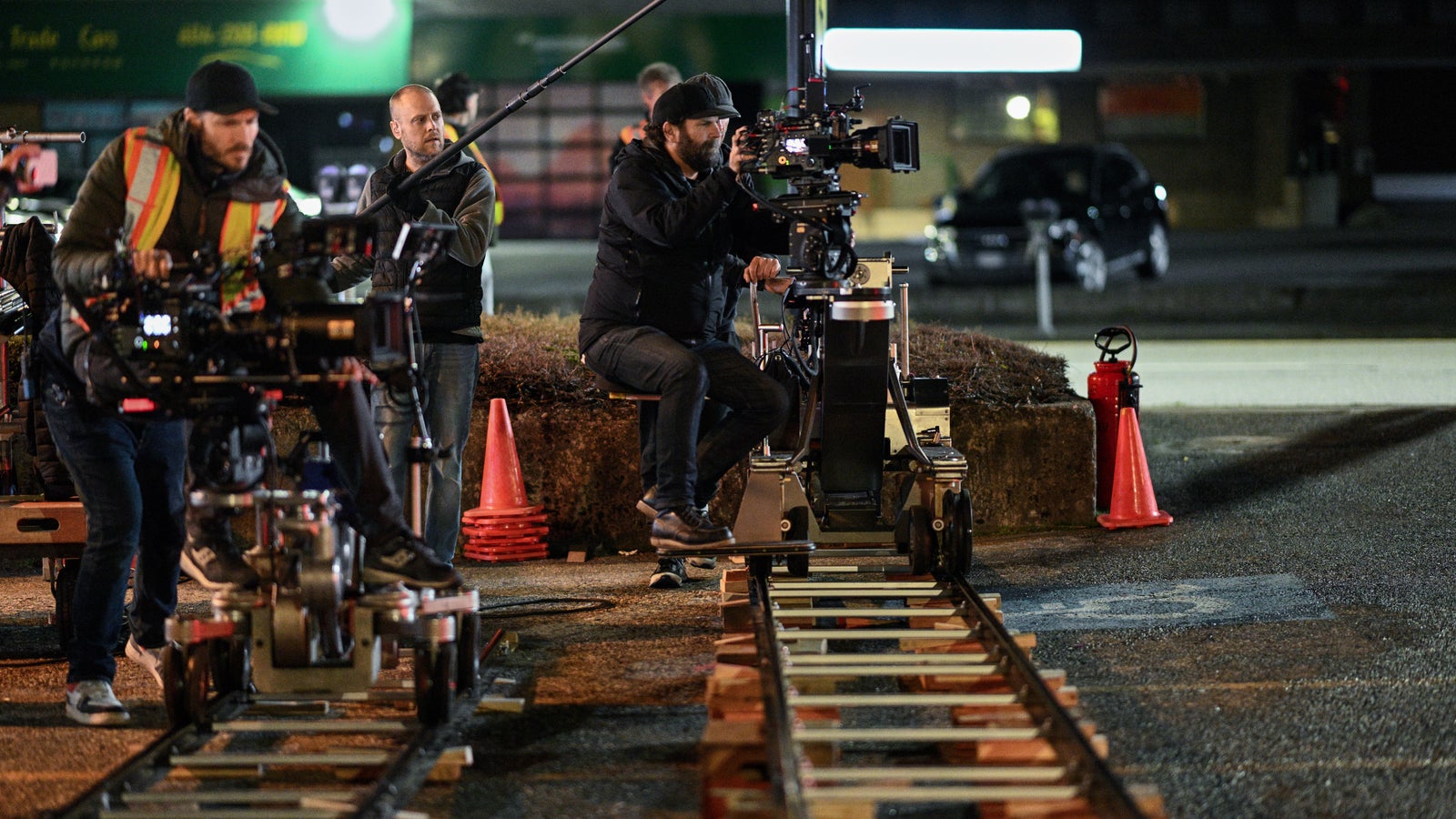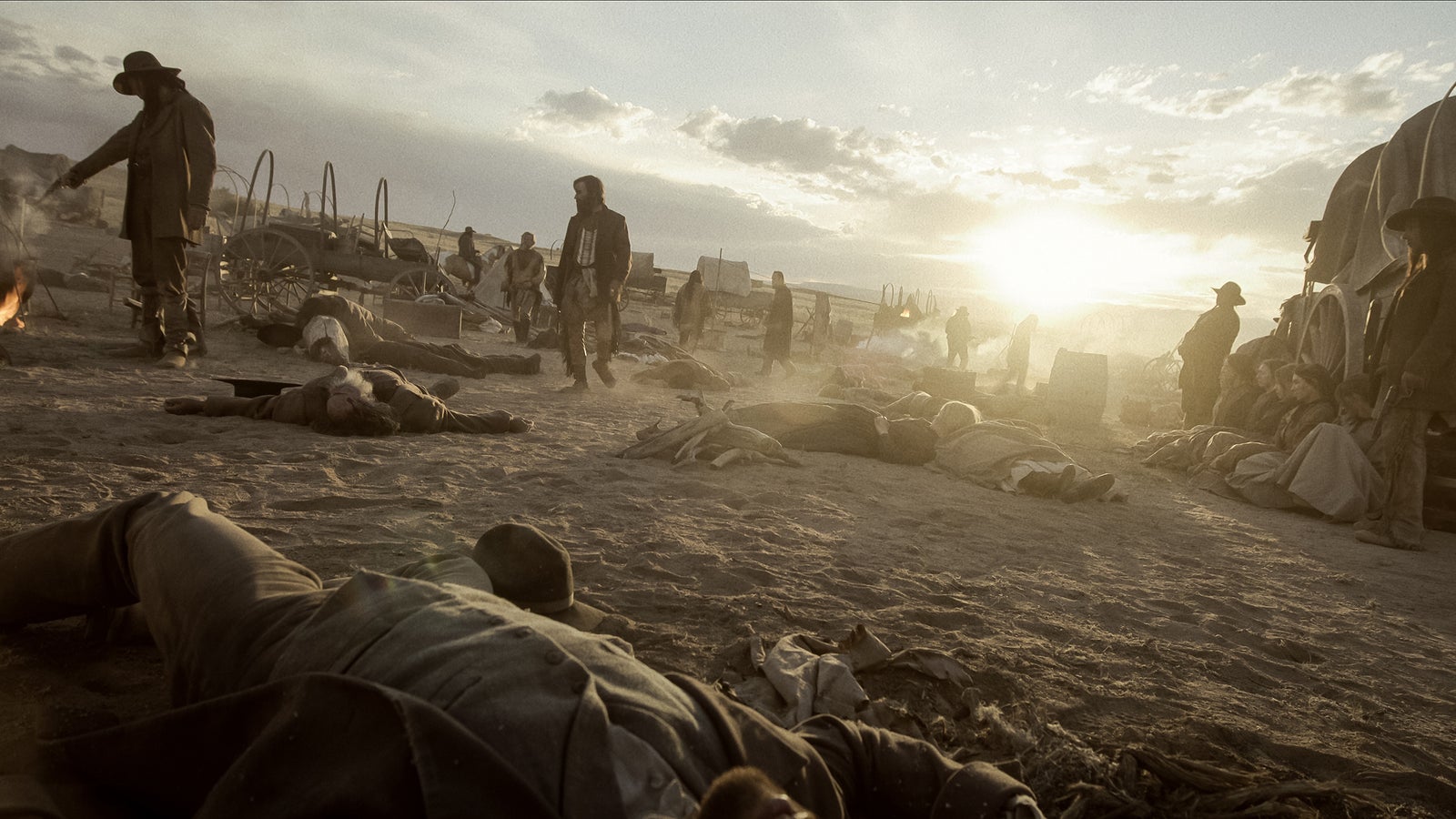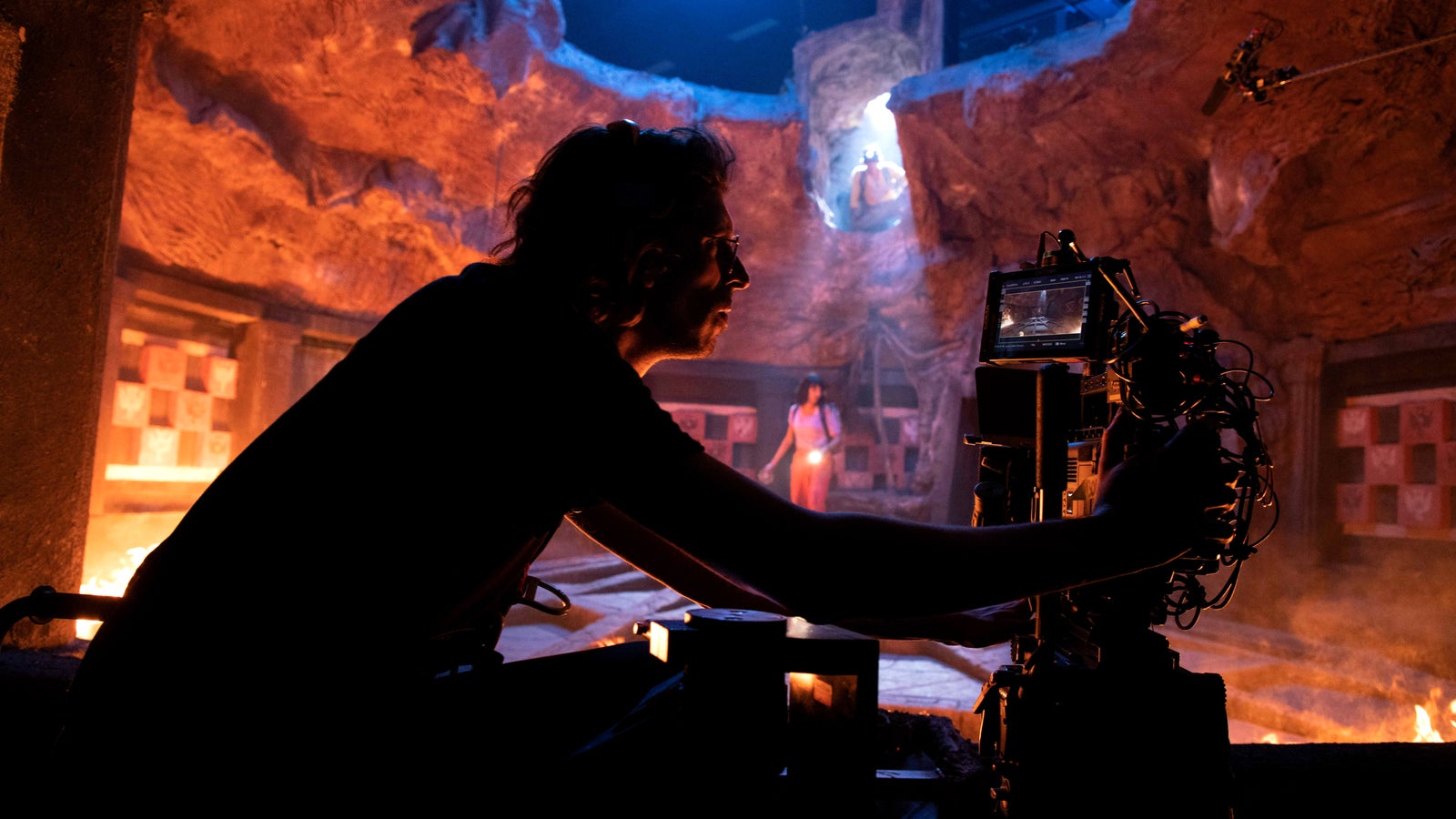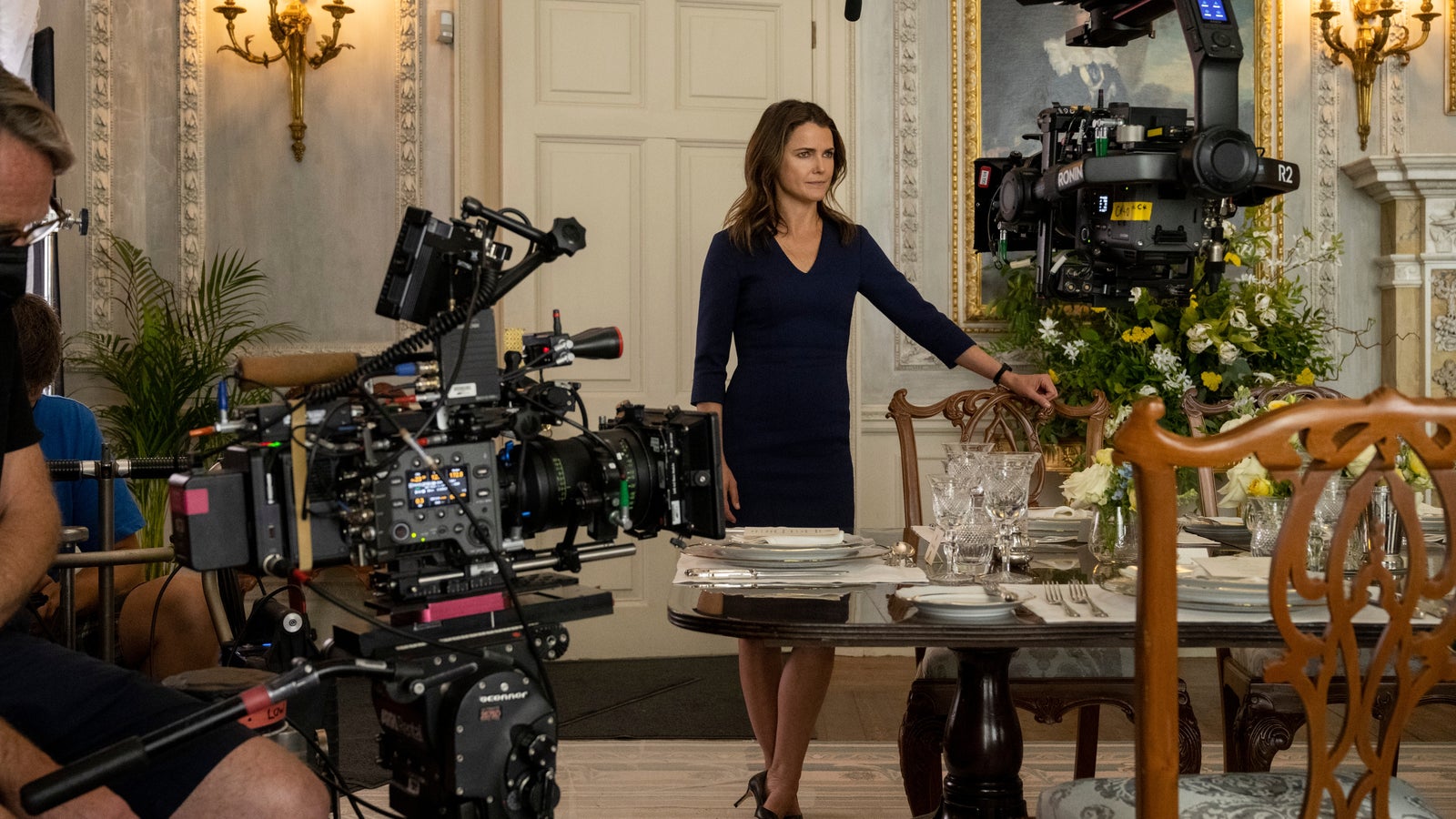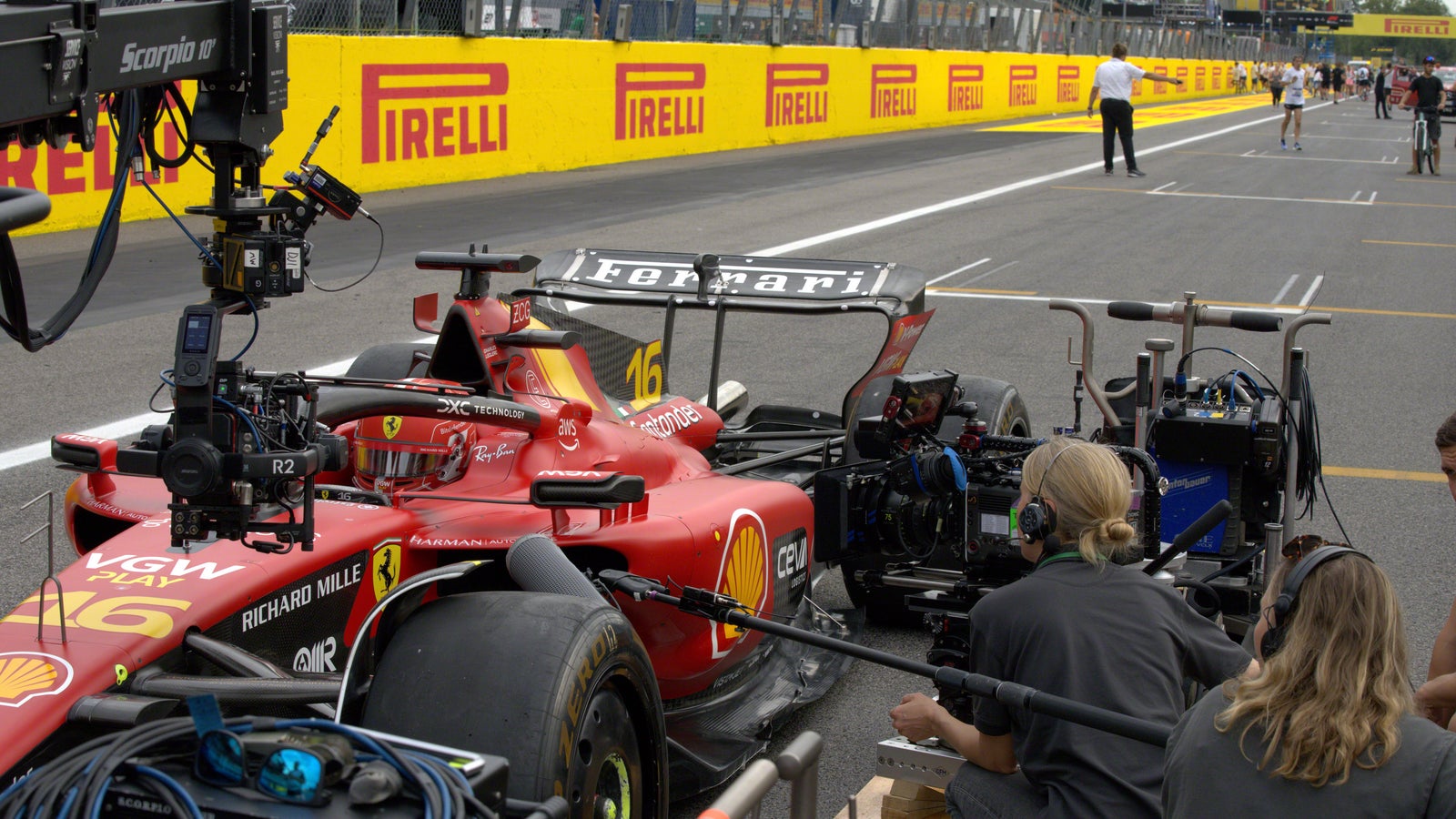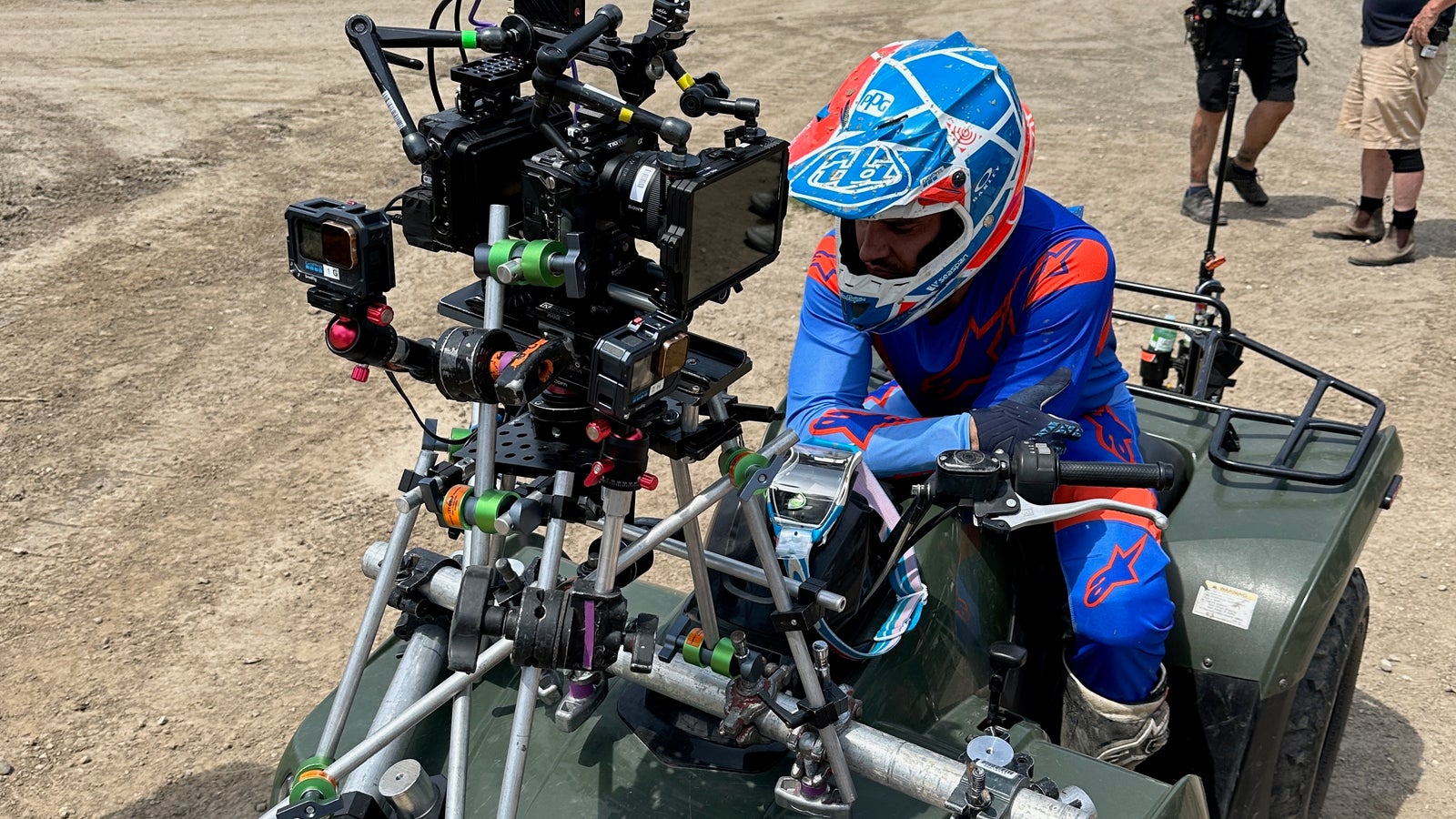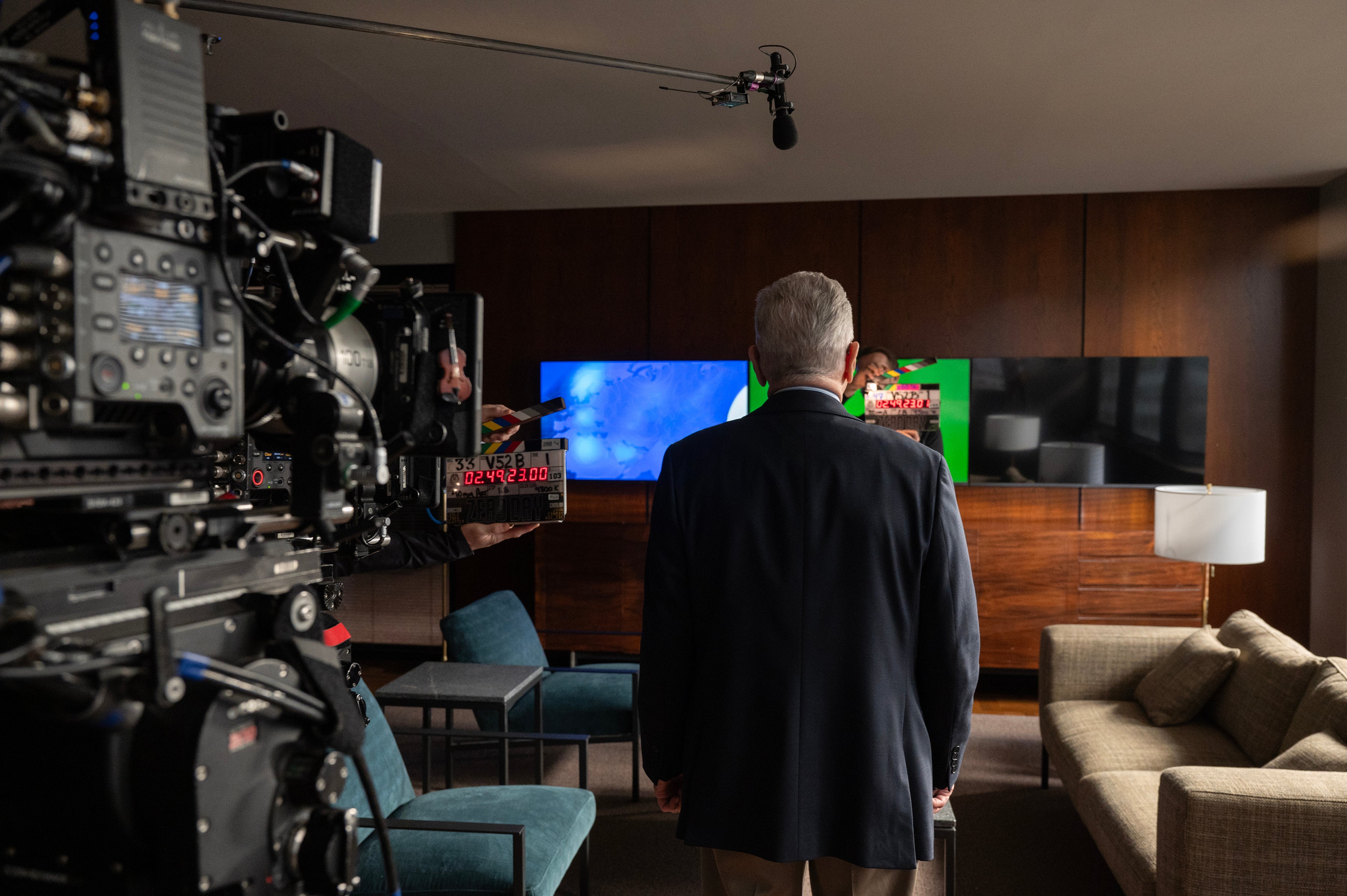
08-26-2025 - Filmmaker Interviews
Zero Day DP John Conroy and Sony Weave Classic Art and 70s Thrillers to Nab an Emmy Nomination
By: Yaroslav Altunin
Director of Photography John Conroy, ISC, ASC, is a connoisseur of visual expression. Effortlessly transitioning between juxtaposed genres, his compositions have brought to life the dramatic horrors of Penny Dreadful, the investigative tension of Broadchurch, and the futuristic landscapes of Westworld.
Recently, the cinematographer lensed the Netflix series Zero Day with the Sony Cinema Line, earning him a 2025 Emmy Award nomination for Outstanding Cinematography. Starring and executive produced by Robert De Niro — a first for the veteran actor — the political thriller explores a world brought to its knees by a cyberterrorist attack.
Zero Day was created and written by Emmy Award-winners Eric Newman (Griselda, The Watcher, Narcos, Narcos: Mexico) and Noah Oppenheim (President, NBC News, TODAY, Jackie, The Thing About Pam, The Maze Runner). Both were executive producers alongside Jonathan Glickman (Wednesday, Creed III, Rush Hour) and Pulitzer Prize-winner Michael S. Schmidt, who also helped create the show and served as a writer.
Conroy joined Academy Award-nominee Lesli Linka Glatter (Homeland), who was also an executive producer and directed all six episodes of the series, to capture 18th-century-inspired lighting, story-driven compositions that lived in the shadows, and low-light scenes illuminated by New York City buildings.
Sony Cine sat down with Conroy to learn more about his creative vision, how he overcame the creative challenges of crafting a political thriller, and how the Sony Cinema Line helped him weave it all together.
Filmmaker Interview: How John Conroy Built the Look of Zero Day
Zero Day follows former president George Mullen, played by De Niro, and his investigation into an unprecedented cyberterrorist attack on the United States. A political thriller at its core, the story called for moody lighting and compositions that created tension with the visual language.
"Lesli and I, first and foremost, wanted to ground the story in reality. We didn't want it fantastical," Conroy said. "We didn't want the violence to be fantastical. It had to be totally grounded in reality."
"Because of that, we had spoken in terms of other films," Conroy continued. "The Parallax View was the film that we loved very much because of the framing."
"We wanted to have frames that were negatively spaced on the top so it felt like they were always pressing down on people, that they were feeling trapped, and that they were in a heavy environment."
The visual language of Zero Day built upon the narrative tones that not only explored the dangers of cyberterrorism but also the effects that such weapons can have on the mind and memory. Conroy and Lesli crafted this tension and anxiety in-camera as much as possible, balancing composition and lighting to create pressure and discomfort in the frame.
"We did a lot of top shots. We wanted to always have that downward pressure. That it was very hard to escape this pressure that was building up the whole time," Conroy explained. "And of course, with the memory of it all, we wanted to do it in-camera as much as we could."
Because you can do that stuff with the VENICE and the FX6...the surprise was how well matched they are and how you can shoot with impunity.
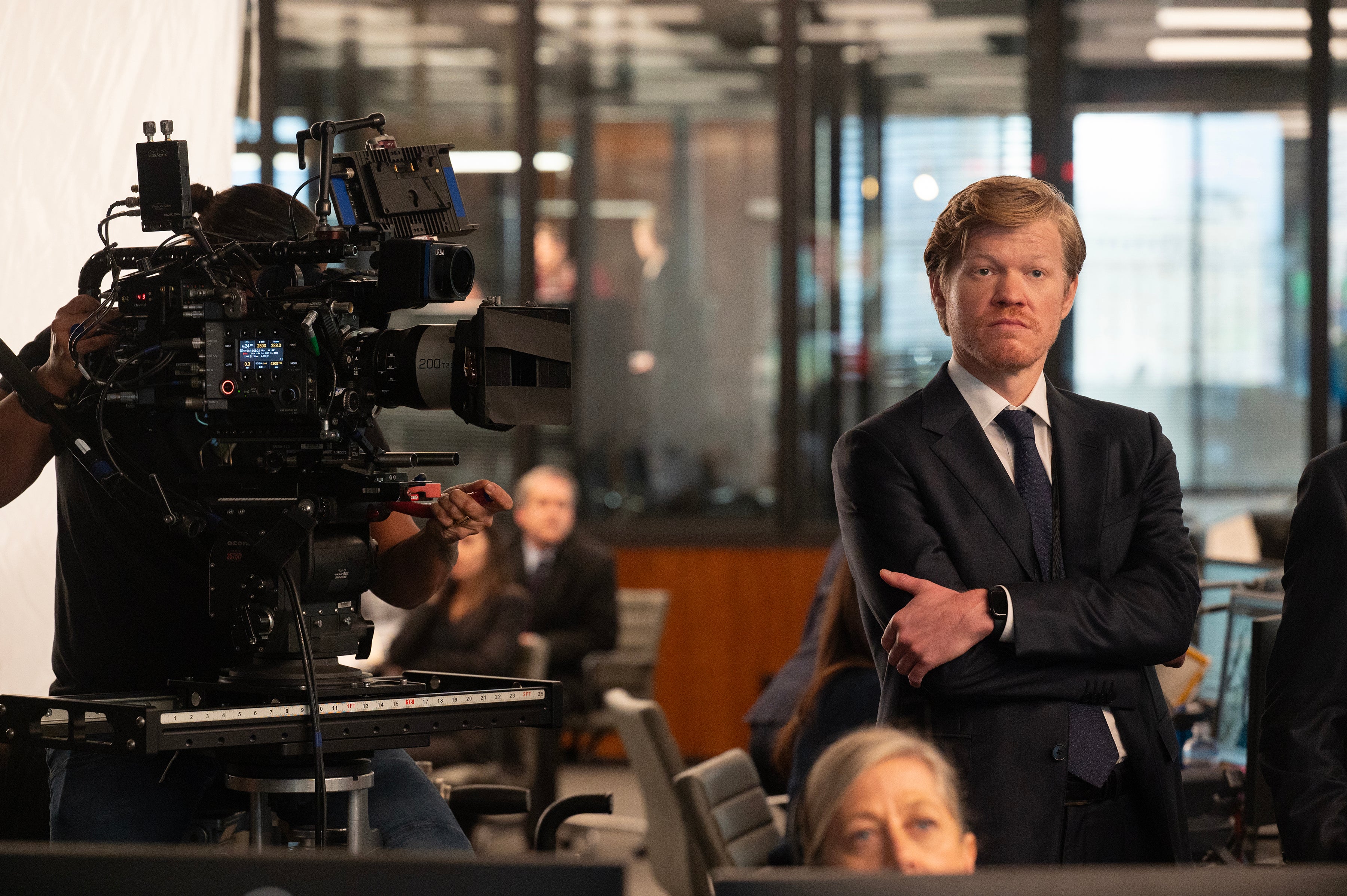
To find the look for these themes, Conroy further looked for references in classical art, where single source lighting illuminated only what the painter wanted you to see, with the rest hidden in shadow.
"I started to look at and find all these references. I use a lot of art, like from Joseph Wright of Darby," Conroy shared. "Even though he's from the 18th century, I love his paintings, and they're very cinematic in single-source. I love single-source lighting."
"So I took a bit from him and showed Lesli images like An Experiment on a Bird in the Air Pump, and that felt right for a lot of what we're doing, especially in some of the places where we had low light."
These lighting techniques can be seen in a pivotal moment in Episode Four, where Roger Carlson, played by Jesse Plemons, is killed.
"I wanted his skin tonality to be almost alabaster, or marble in color," Conroy explained. "I purposely only lit the scene where he's in the bath with just one down light. I wanted it to be like a Renaissance sculpture. That he was this sacrifice. This Christ-like feature."
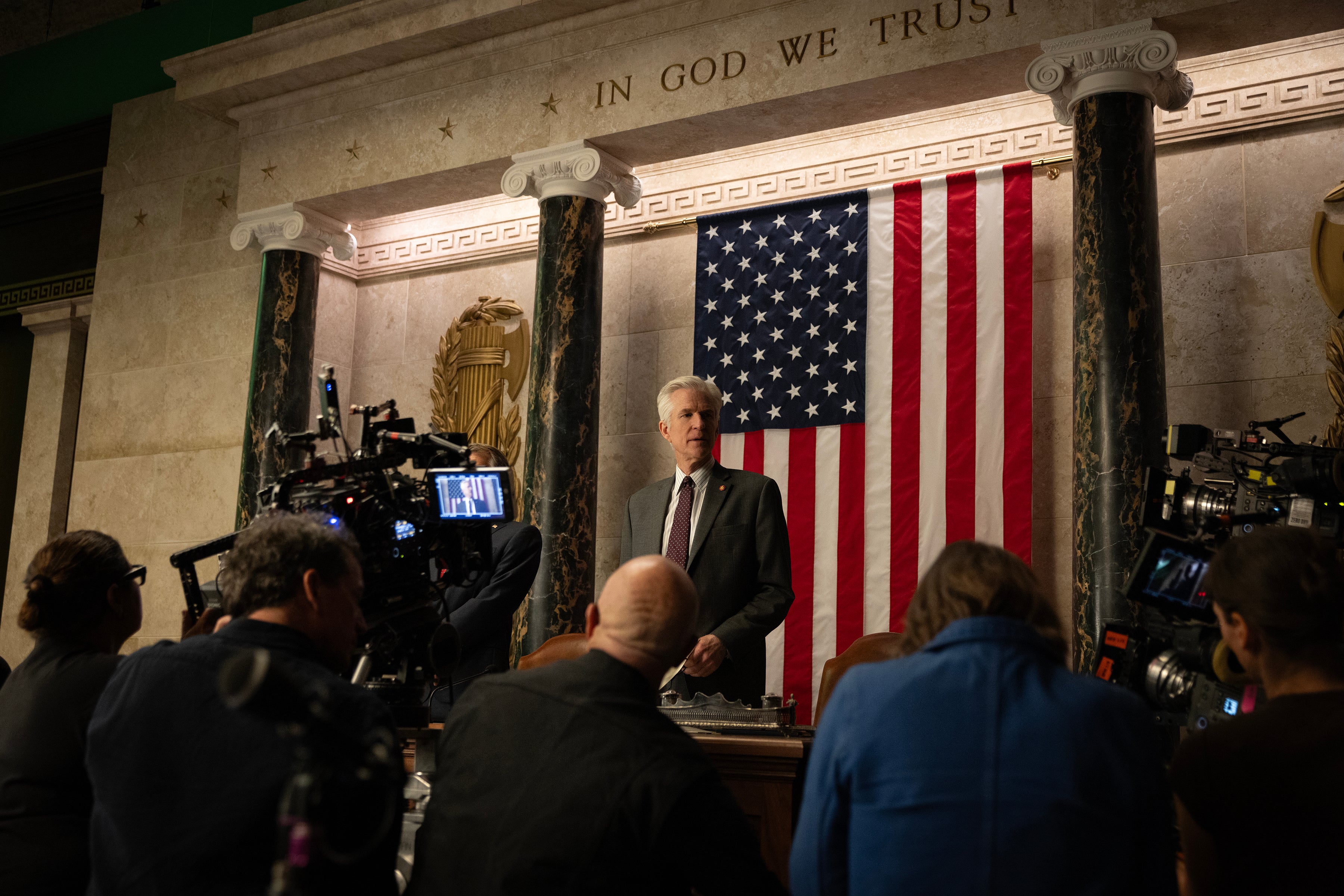
Lighting, or the absence of it, played a crucial role in how Conroy supported the story of Zero Day. The cinematographer shaped the light based on the emotions the story and actors delivered. Following the script and performances, Conroy crafted each scene to build tension and elevate the discomfort inherent to political thrillers.
"With lighting, it's always an emotional thing. I have a plan in my head about how I'm going to make it look, and then when you see the actors block the scene, you make subtle changes based on the emotion you're getting from the scene," Conroy shared. "I wanted [the show] to have a lot of shadow because I felt that, in the darkness, especially in the zero day moments, that's always a bit scary. You're not sure what's going on in the shadows. Things could be listening, things could be watching."
"I really wanted to make sure that it wasn't flat. That it always had shape. And from a lighting perspective, the main thing for me was to make sure that we kept the shapes so that the drama can play rather than something that's just very flat and you're always in a comfortable place. I wanted it to feel like it was always a little bit uncomfortable."
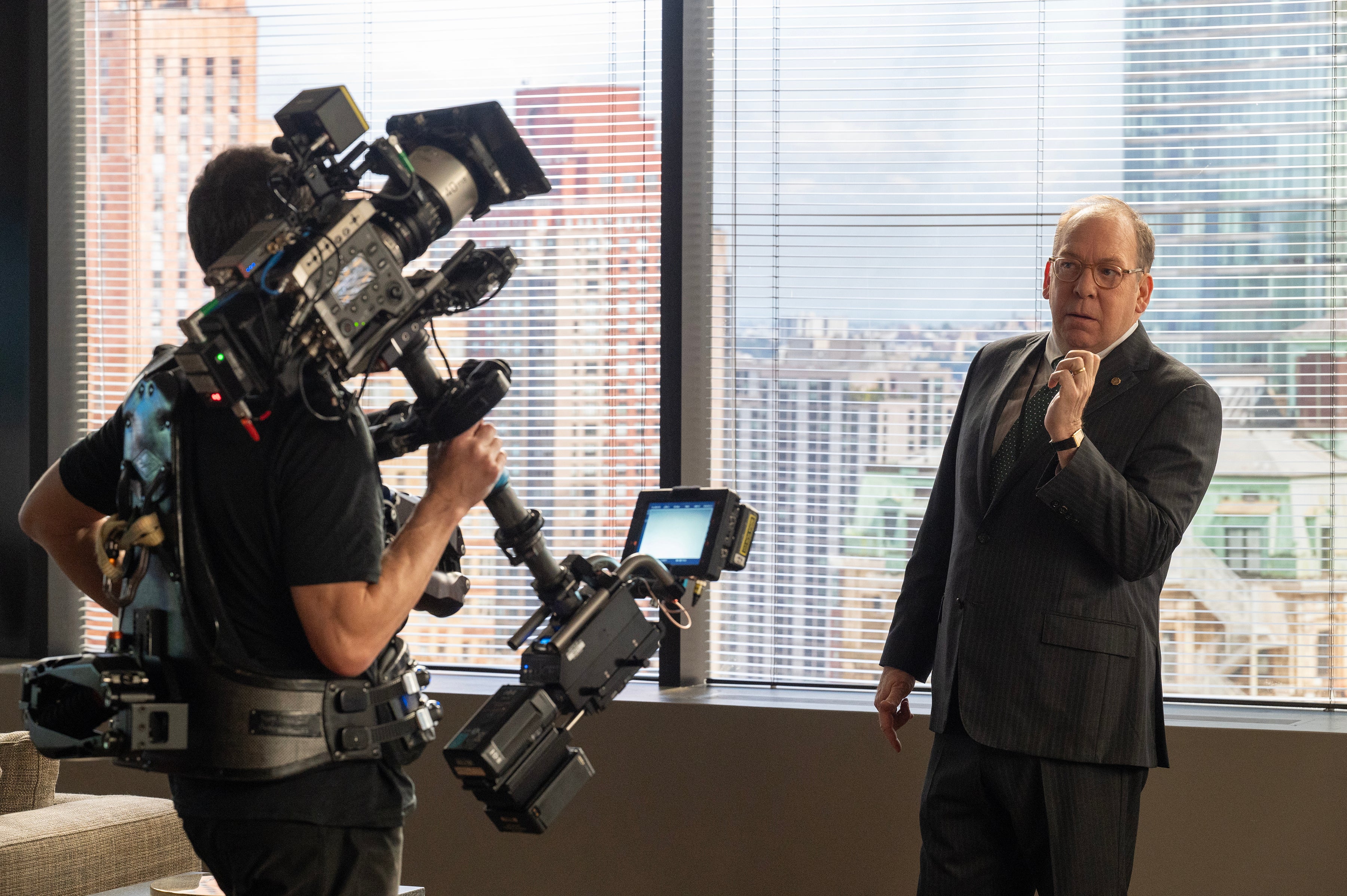
Filmmaker Interview: How John Conroy Used the Sony Cinema Line in Zero Day
Prior to this series, Conroy used the Sony VENICE on two other projects, falling in love with the low-light performance of the camera and its full-frame sensor. The combination allowed him to compose medium and wide shots with a single lens, further pushing tensions and discomfort.
"I love the way I can shoot my wides on 40mm and 35mm, and keep straight lines," Conroy said. "Wides can turn into medium close-ups really nicely on a 40mm, so it's a bit of that Papillon Effect where you can let the wides develop into a nice medium close-up because of the longer focal length that you're using for the wide shots."
When it came to the low-light scenes, Conroy made use of the Sony FX3 and FX6 alongside the VENICE. The high sensitivity of the Sony Cinema Line allowed the cinematographer to embrace unique lighting sources, such as car headlights, flashlights, and even buildings.
"For this project in particular, when we get to the low-light scenarios, I used the FX3 and FX6 at ISO 12,800," Conroy said. "We had scenes where we had to shoot at the heliport in the Financial District, and by the nature of the heliport, we couldn't put any lights up. There are no lights there anyway, only landing lights and that's it."
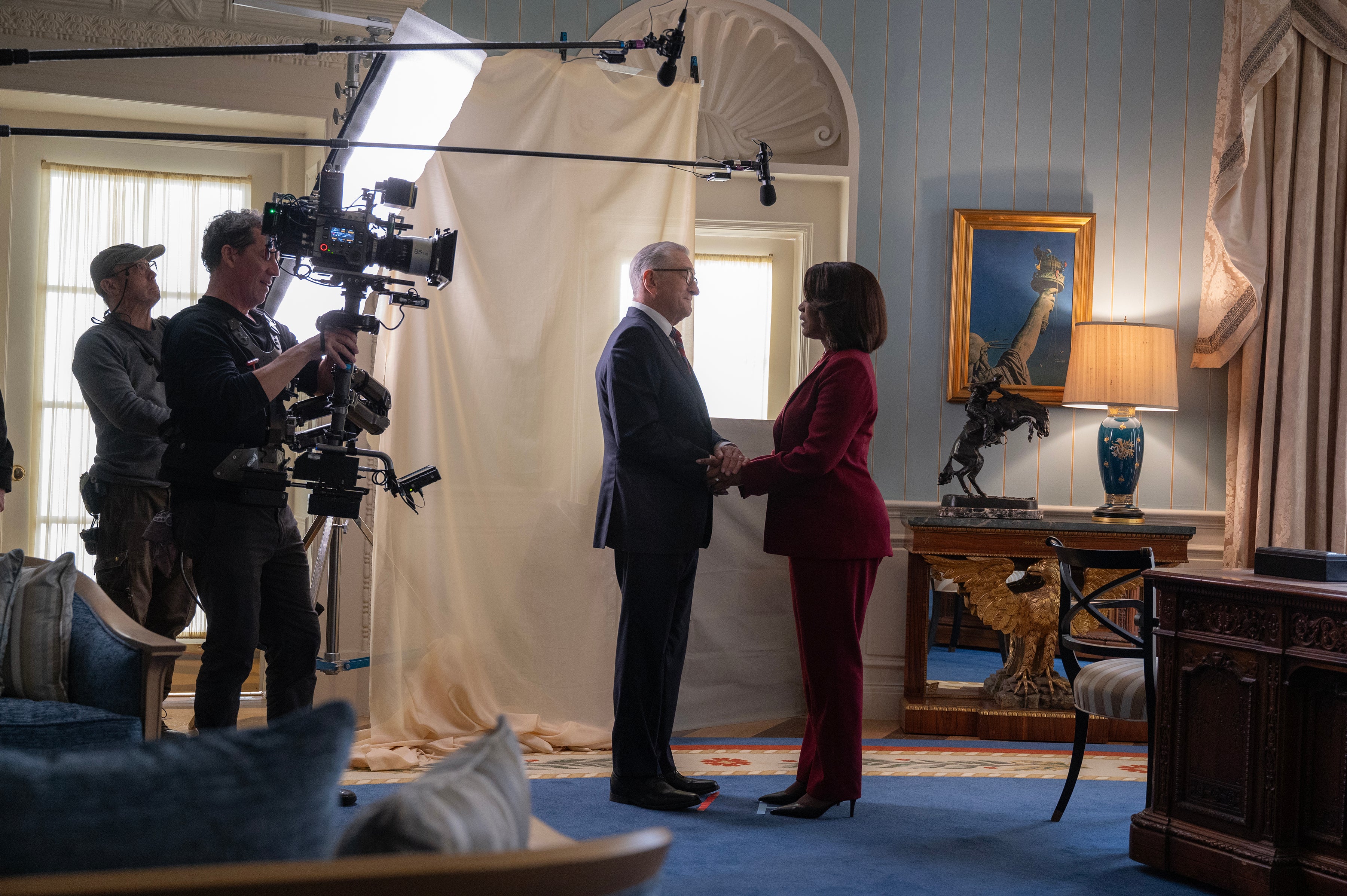
"The high-rise buildings [around the heliport] were the most beautiful book lights. The source was big, and they were so far away they actually had a lovely wrap around," Conroy added. "I also didn't use any secondary lights for the zero day work at night in New York. It was all car headlights. If there was a fire, there was a fire. If there were flashlights, it was flashlights or candle lights."
"We had a great scene where actor Lizzy Caplan drives up to her apartment…in her police car that just has red lights on the top, and they are the only lights used in that scene."
In part to his camera toolkit, Conroy turned the creative obstacles he found on location into opportunities that influenced scenes shot on a sound stage. The combination of the VENICE, FX3, and FX6 allowed for flexibility and bold creative choices.
"Because you can do that stuff with the VENICE and the FX6, it allows you to be a bit more flexible on the inside when you're doing your stage work," Conroy said. "But the surprise was how well matched they are and how you can shoot with impunity."
"You don't have to worry about quality. So, in a way that does allow you to be a bit more bold and you can take braver choices."
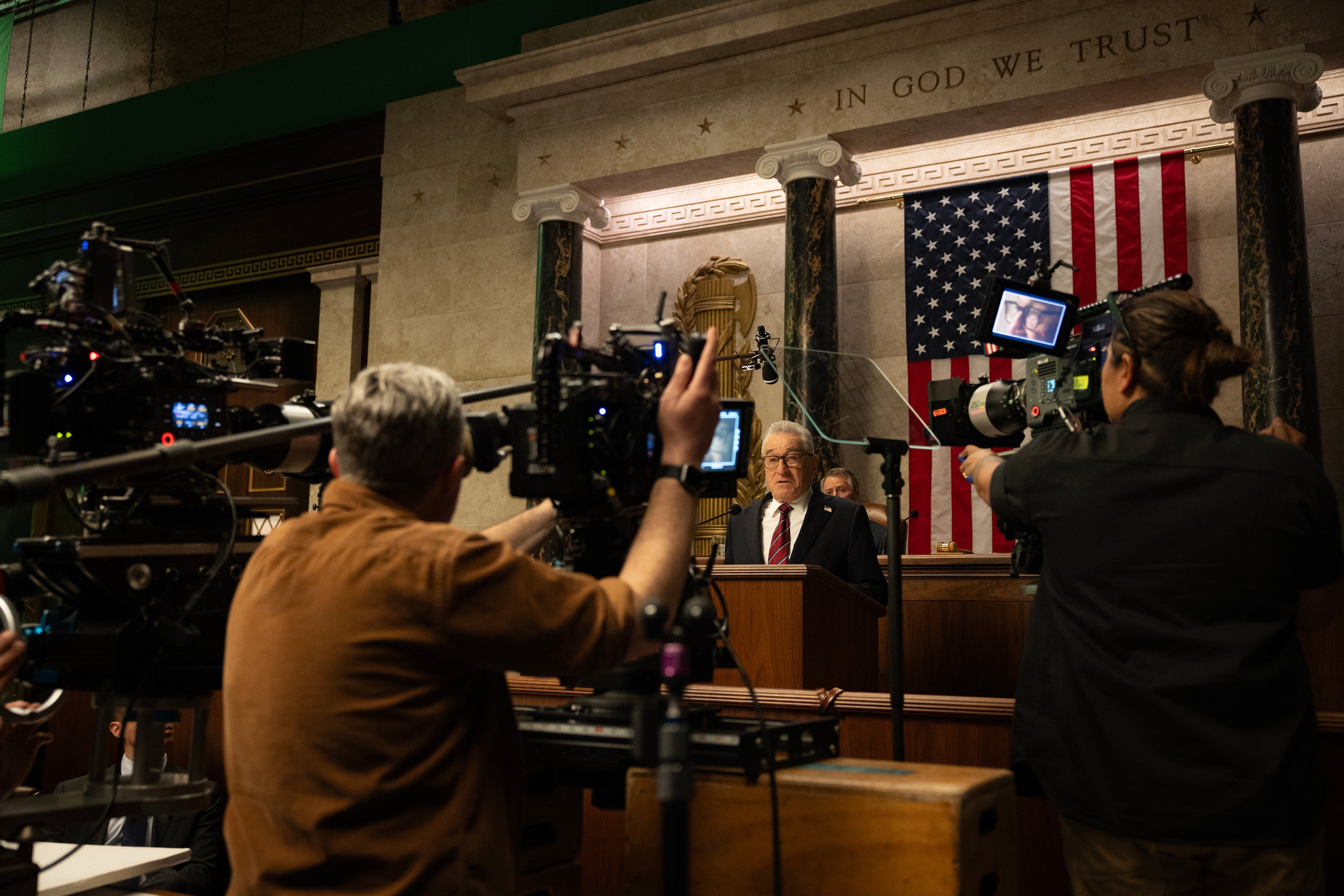
Filmmaker Interview: The Discoveries that Led to an Emmy Nomination
Zero Day is a series about discovery, not only for the characters, but also for its cinematographer. As President Mullen uncovers the conspiracy of the cyberattack in the show, so does Conroy—about the cameras he uses and the collaborators he works with.
"Trust your instincts and trust your fellow collaborators," Conroy said. "Allow yourself to be carried by the performance. I have total trust in Lesli, and allowing myself to have that trust is a very freeing experience because you're in a great circle of friendship and creativity."
Stream Zero Day now on Netflix to see Conroy's compositions bring the political thriller to life. To watch the 2025 Emmy Awards ceremony and celebrate the winners, tune in on Sunday, September 14, 2025.
